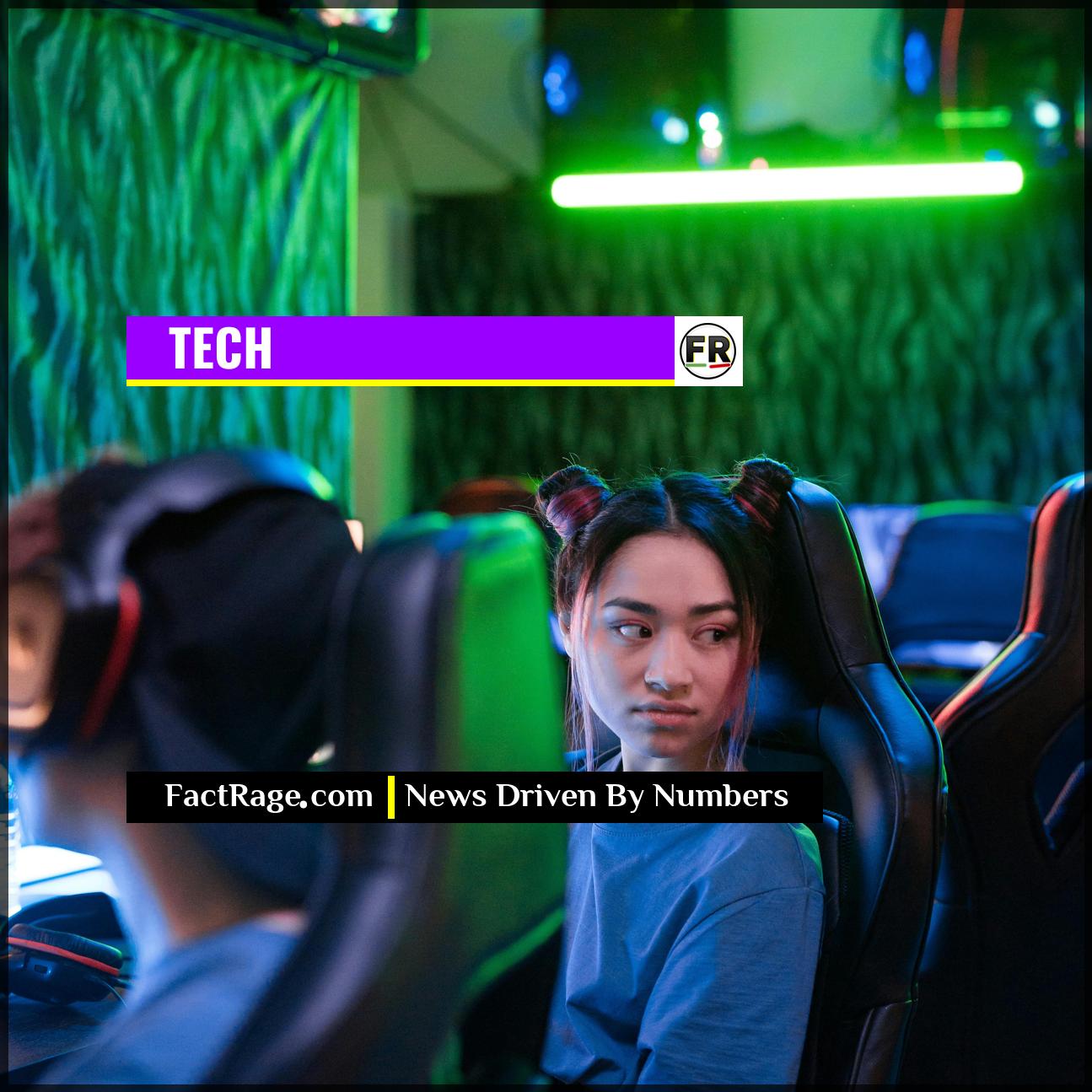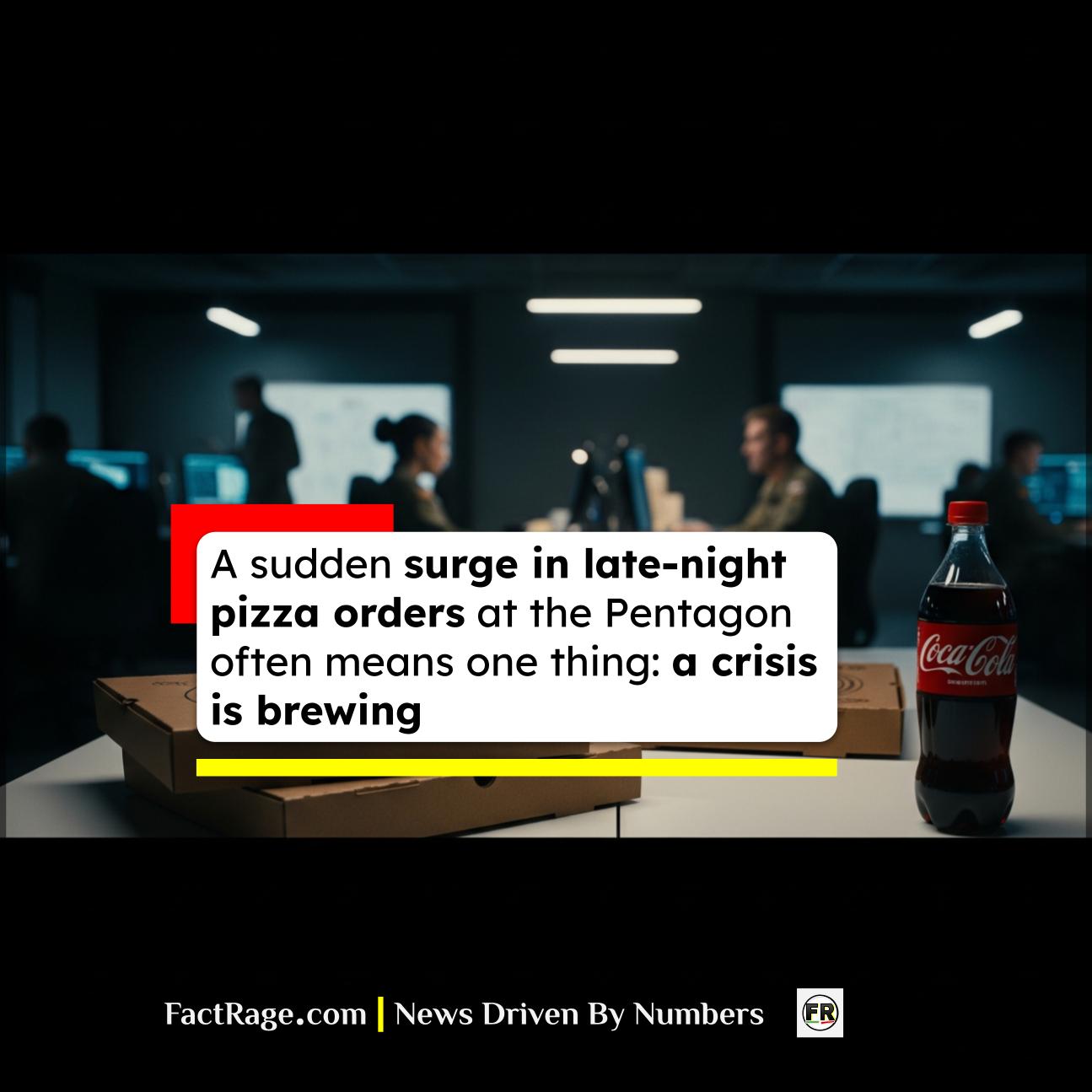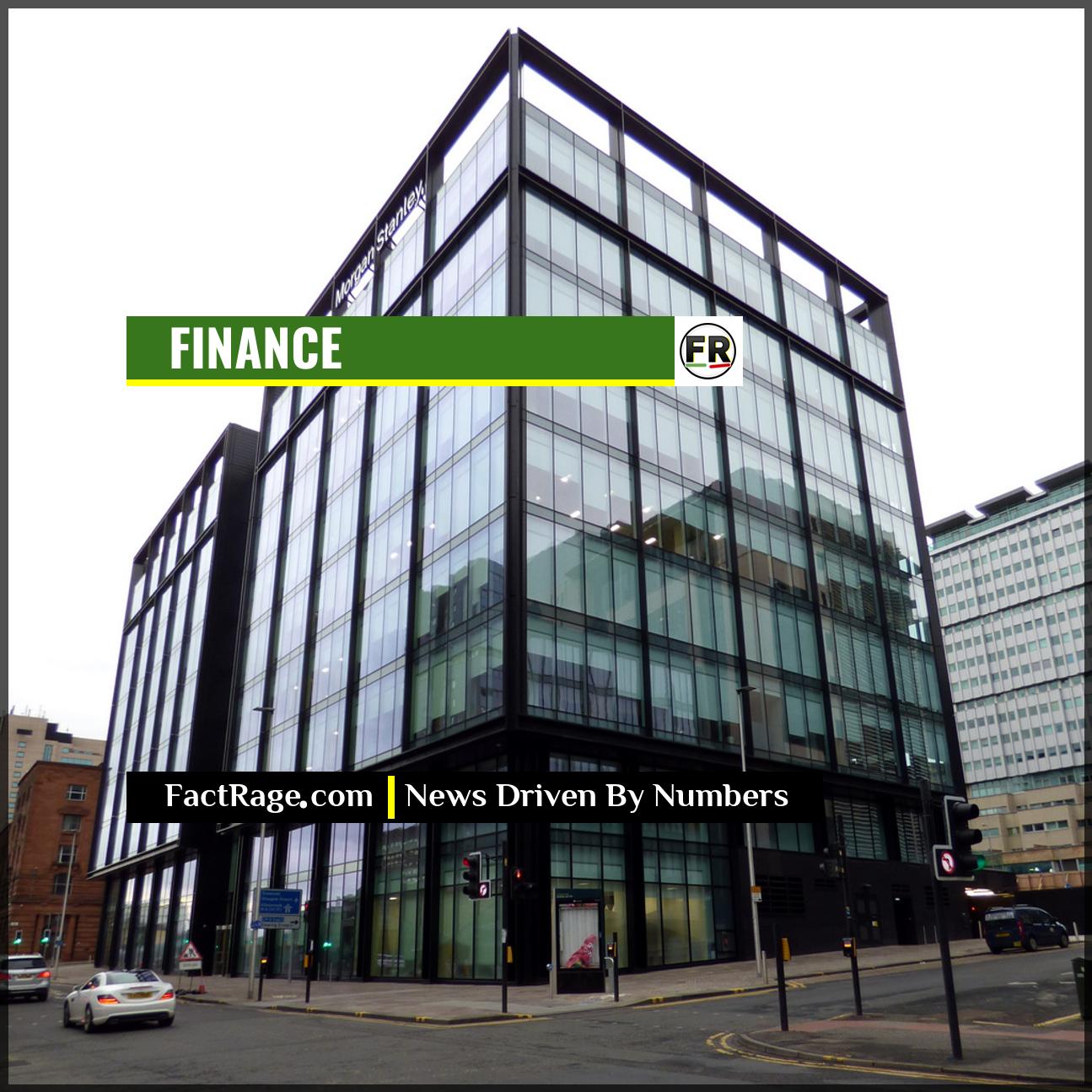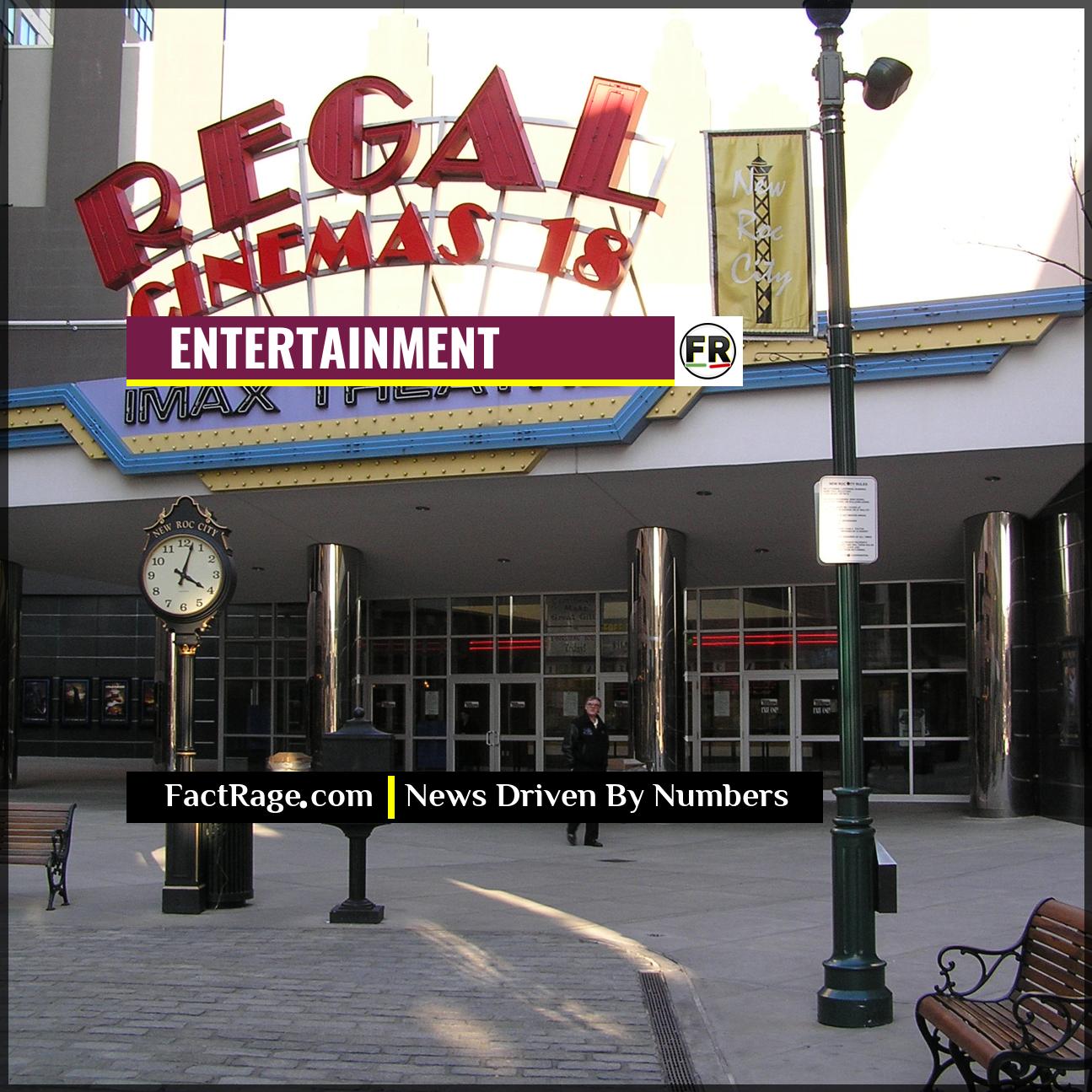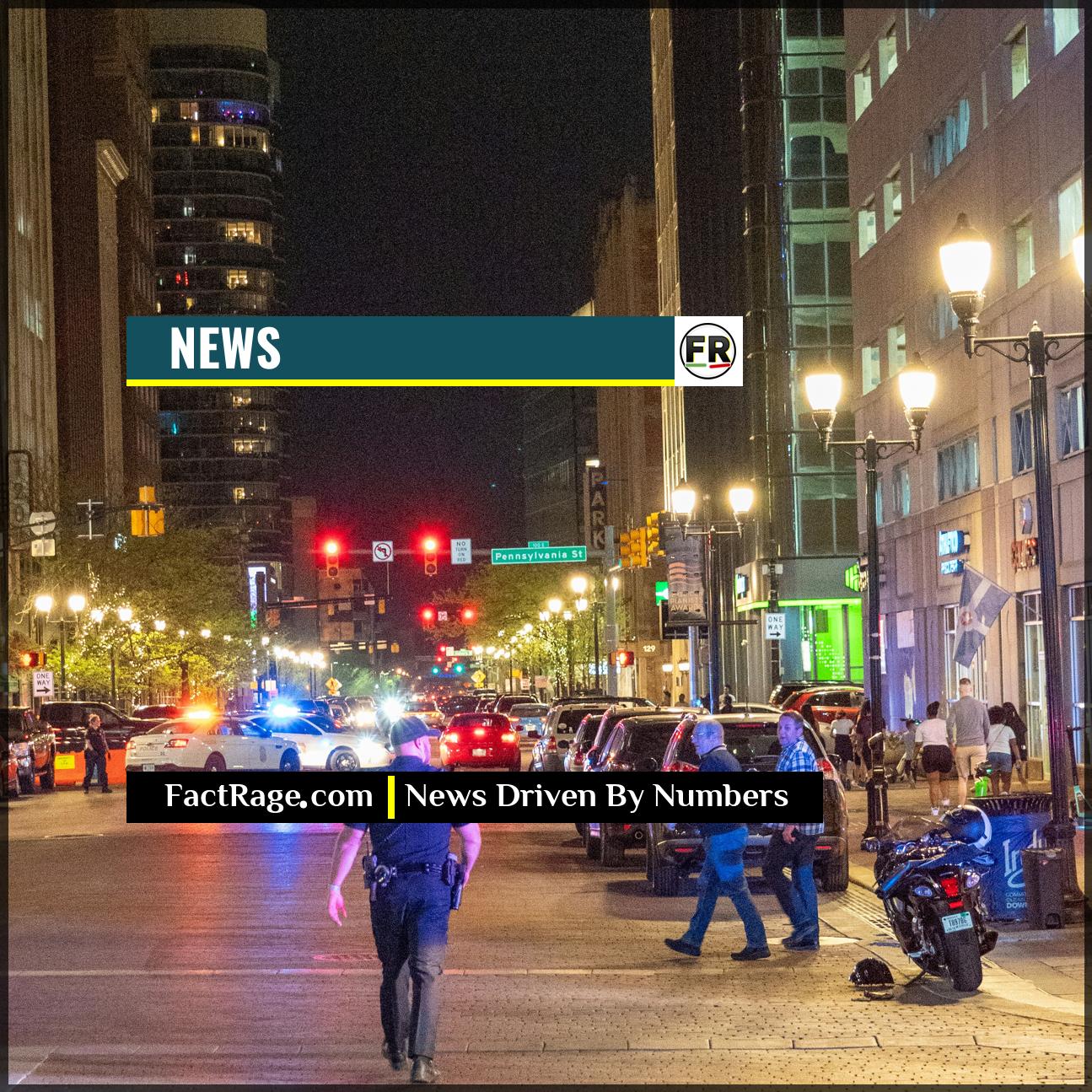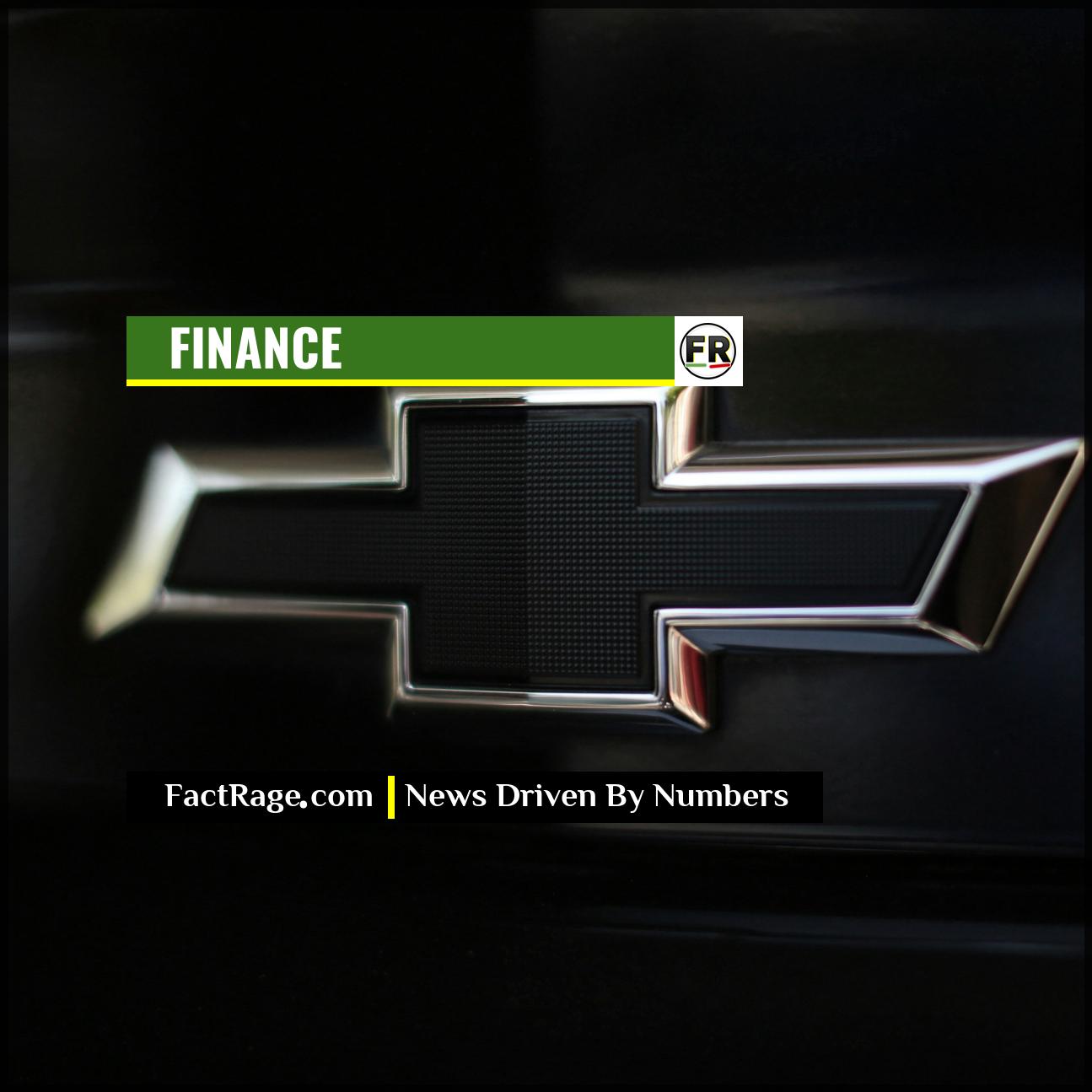FACTRAGE – Decades after their heyday, rock bands from the 1980s and 90s are not just surviving; they are at the center of a massive, multi-billion dollar touring industry that consistently outperforms many contemporary acts.
- Massive Revenue – Guns N’ Roses’ “Not in This Lifetime…” tour (2016-2019) grossed over $584 million, making it one of the highest-grossing concert tours in history and exemplifying the financial power of legacy acts.
- Shift in Business Model – With recorded music revenue diminished, touring has become the primary income stream for artists, driven by high ticket prices, VIP packages, and extensive merchandise sales.
- The Nostalgia Factor – These tours capitalize on powerful nostalgia among Gen X and older millennials, who now have the disposable income to pay premium prices, while also attracting younger fans through cultural osmosis.
The spectacle of a packed stadium, roaring for a band whose biggest hits are over 30 years old, raises a critical question in the modern entertainment landscape: what specific forces have turned these legacy acts into such reliable and colossal economic engines?
More Than Nostalgia: It’s a Business Model
![]() It’s easy to see the packed stadiums and chalk it all up to simple nostalgia. But the real story of legacy rock’s dominance isn’t just in the memories; it’s in the spreadsheets, ticket algorithms, and corporate strategies that have turned these tours into powerhouse financial assets. In an industry transformed by the decline of album sales, the live show is no longer a promotion—it is the entire product. Here’s a look at the economic engine that powers these rock legends long after their last hit single.
It’s easy to see the packed stadiums and chalk it all up to simple nostalgia. But the real story of legacy rock’s dominance isn’t just in the memories; it’s in the spreadsheets, ticket algorithms, and corporate strategies that have turned these tours into powerhouse financial assets. In an industry transformed by the decline of album sales, the live show is no longer a promotion—it is the entire product. Here’s a look at the economic engine that powers these rock legends long after their last hit single.
What’s Fueling the Billion-Dollar Legacy Tour Machine?
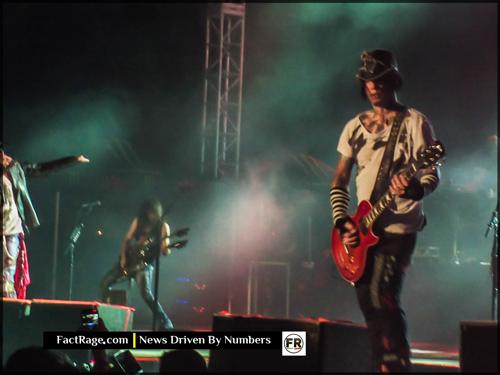
The financial success of legacy rock is staggering. Beyond Guns N’ Roses, acts like The Rolling Stones, Elton John, and U2 consistently top the charts for tour grosses. According to industry data from Pollstar, legacy acts frequently occupy a significant number of spots in the top 20 highest-grossing tours of any given year. This isn’t an accident; it’s a finely tuned business model.
In an era where streaming pays fractions of a cent per play, the economic gravity in the music industry has shifted decisively to live performance. For a band with a globally recognized catalog, a tour is no longer just a promotional tool for an album—it is the product. Companies like Live Nation Entertainment, the world’s largest concert promoter, have perfected the art of monetizing this demand. They leverage dynamic ticket pricing, where costs fluctuate based on demand, alongside lucrative VIP packages and merchandise, which often boasts higher profit margins than the tickets themselves.
Why an 80s Hit Still Fills a 2025 Stadium
The core driver of this phenomenon is cultural nostalgia. The primary audience for these tours consists of fans who grew up with the music. This demographic, primarily Gen X and older millennials, is now at or near their peak earning years, possessing the disposable income to afford tickets that can range from a hundred to several thousand dollars. For them, it’s not just a concert; it’s an investment in reliving a formative part of their youth.
But what explains the younger faces in the crowd? The enduring cultural footprint of the 80s and 90s, amplified by film, television (like the ‘Stranger Things’ effect on Kate Bush and Metallica), and social media, has introduced these bands to new generations. A Guns N’ Roses, AC/DC, or Metallica t-shirt is a timeless fashion statement, and their music has become a cultural touchstone. This creates a multi-generational appeal, where parents introduce their children to the music, broadening the ticket-buying base and ensuring the band’s relevance long after their last chart-topping single.
How the Concert Industry Is Built on Certainty
In a fragmented media world, legacy rock offers something incredibly valuable to promoters, venues, and sponsors: certainty. While a new artist carries the risk of uncertain ticket sales, a band with a 40-year track record and a catalog of anthems is a guaranteed draw. This predictability underpins the entire ecosystem, from booking massive stadiums years in advance to securing lucrative sponsorship deals.
This reliance on established acts, however, raises questions about the health of the live music pipeline. Does the dominance of legacy tours make it harder for new and mid-tier artists to secure prime venues and tour dates? As today’s headliners eventually retire, the industry faces the challenge of cultivating a new generation of stadium-filling acts. For now, however, the formula of classic hits, powerful nostalgia, and premium pricing continues to make legacy rock one of the surest bets in all of entertainment.
The Encore Is Economic
![]() The triumph of the legacy rock tour is more than just a musical comeback; it’s a perfect case study in the modern entertainment economy. This model, which transforms cultural nostalgia into a premium, experience-based product, mirrors the strategy seen across Hollywood’s reliance on established franchises and well-known IP. It proves that in an age of infinite digital choice, the most valuable commodity is a guaranteed emotional connection. As these rock legends play their final sets, the entire industry is left to wonder which of today’s artists are building a catalog that will command the same power in thirty years.
The triumph of the legacy rock tour is more than just a musical comeback; it’s a perfect case study in the modern entertainment economy. This model, which transforms cultural nostalgia into a premium, experience-based product, mirrors the strategy seen across Hollywood’s reliance on established franchises and well-known IP. It proves that in an age of infinite digital choice, the most valuable commodity is a guaranteed emotional connection. As these rock legends play their final sets, the entire industry is left to wonder which of today’s artists are building a catalog that will command the same power in thirty years.







